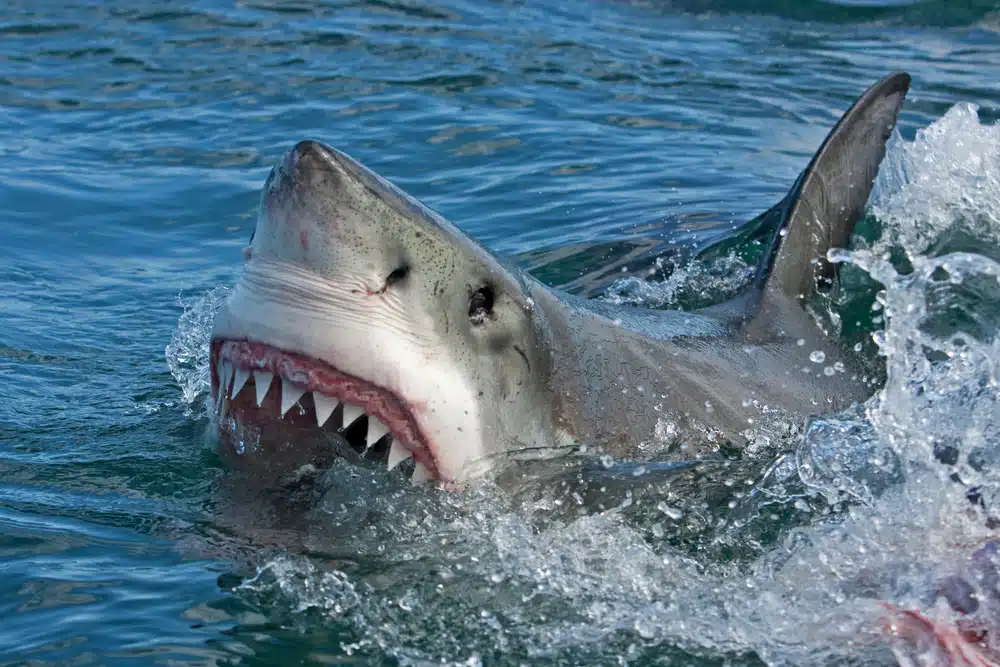The Jones Act and general Maritime law were designed to protect American merchant marines utilizing three basic remedies:
(1) maintenance and cure;
(2) Jones Act negligence; and
(3) unseaworthiness.
Maintenance is designed to provide food and lodging to an injured seaman and cure covers the necessary medical expenses incurred from the injury. Jones Act negligence allows seamen to recover from injuries from dangerous conditions on the ship, failure to provide a safe place to work, failure to inspect for hazards, and any other breach of the shipowner’s duty of care. Unseaworthiness is independent of Jones Act negligence and requires the shipowner to ensure that the vessel and its appurtenances are reasonably fit for their intended purposes.
Two Viable Techniques to Employ
I recently filed a suit alleging that the Captain of a fishing vessel was negligent and created an unseaworthy condition by bringing a fifteen foot shark on board the working deck. When a shark gets caught in a trawler net, there are at least two techniques a trawler may employ to safely manage the shark—both of which require keeping the shark in the water and off the deck. One technique is to simply leave the net in the water with the boat stopped, resulting in the shark drowning out because it cannot pass water through its gills. A second technique requires reeling the net in so the cod end can be reached by a boat hook, while leaving the animal safely in the water and away from the crew. The crew ties off the distal end of the trawler and cuts the cod end completely free from the rest of the net allowing the shark to swim free. The cod end is easily recovered and sewing the cod end back to the tailpiece is a routine matter requiring little time.
Profits Prioritized Over Safety
In this case, the Captain elected neither of those methods. Instead, we allege that the Captain prioritized profits over his crew by attempting to remove the fish in a way that also saved the groundfish catch, but posed a danger to the deckhands. For reasons only known to himself, the Captain ordered the crew to haul the shark upon the stern ramp, partially onto the work deck, and tie a wire around one end of the net. When that did not work, the Captain reversed course and ordered my client to remove the wire free from the net. As my client approached, the shark thrashed and rolled, striking my client in the head and shoulders and causing multiple immediate injuries.
Creating an Unsafe Condition
The negligence portion of this case is self-evident, as there are at least two safe methods for removing a large animal from a trawler, but the Captain chose a method that created an unnecessarily unsafe condition for the crew. I believe unseaworthiness is also evident. While most mariners may view unseaworthiness as relating to a piece of equipment, we allege that the Captain created an unseaworthy condition by bringing the shark onto the working deck. Unfortunately, these types of injuries, which are easily avoidable, happen more often than most people think. If you have been injured while working on board a fishing vessel, cargo ship, or any other seagoing vessel, and you think you may qualify for relief under Maritime law, do not hesitate to give us a call for a free consultation. By Nicholas Brown, Esq.


